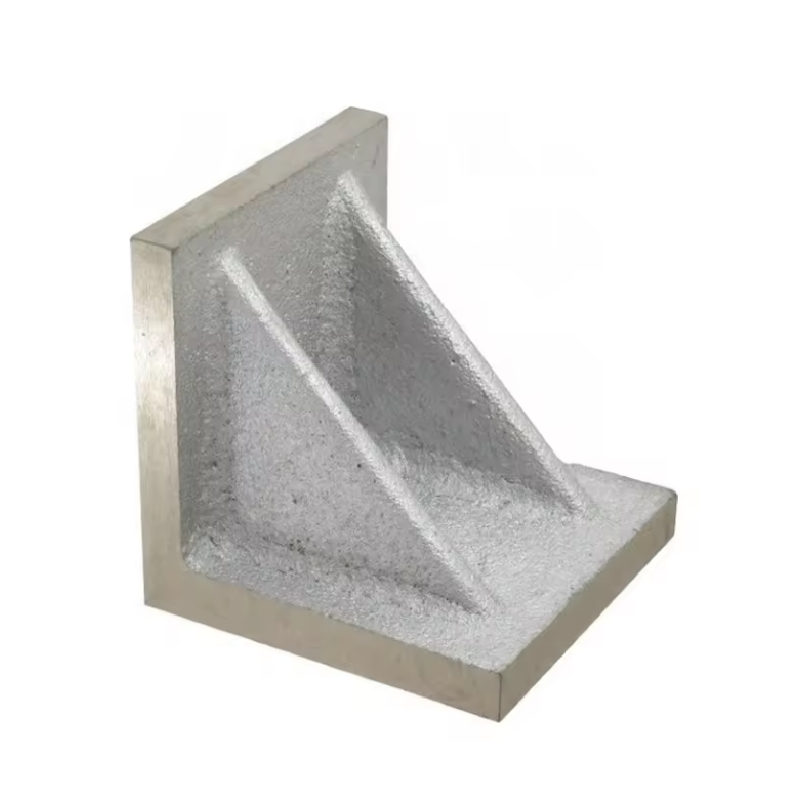ઓક્ટોબર . 13, 2024 05:27 Back to list
How to Change the Pressure Valve on Your Water Heater Efficiently
Replacing the Pressure Valve on a Water Heater A Step-by-Step Guide
Water heaters are essential appliances in many homes, providing hot water for showers, washing dishes, and other daily activities. A crucial component of a water heater is the pressure relief valve, which helps to maintain safe pressure levels within the tank. Over time, this valve may wear out or fail, leading to potential safety hazards such as leaks or an explosion. If you've identified a malfunctioning pressure valve, replacing it promptly is paramount for the safe and efficient operation of your water heater. Here's a step-by-step guide to help you through the process.
Understanding the Pressure Relief Valve
The pressure relief valve (PRV) is a safety mechanism designed to open and release excess pressure from the water heater tank. Most PRVs are set to open at a specific pressure (usually around 150 psi) to prevent tank rupture. If the valve is leaking or not functioning correctly, it can lead to water damage and decreased efficiency of your water heater.
Tools and Materials Needed
Before starting the replacement, gather the following tools and materials 1. New pressure relief valve (ensure it matches the specifications of your water heater) 2. Pipe wrench or adjustable wrench 3. Teflon tape 4. Bucket or pan (to catch any water spills) 5. Towels 6. Safety goggles and gloves
Step-by-Step Guide to Replacement
1. Turn Off the Water Heater Safety is paramount. Begin by turning off the power supply to your water heater. If you have an electric heater, flip the circuit breaker. For gas heaters, turn the thermostat to the off position.
2. Shut Off the Water Supply Locate the cold water supply valve connected to the water heater and turn it off. This prevents any new water from entering the tank during the replacement process.
replacing pressure valve on water heater

3. Release Pressure from the Tank To safely replace the pressure relief valve, it's crucial to relieve the tank's pressure. Locate the temperature and pressure relief valve (TPR valve) and pull the lever to allow some water to escape, releasing the pressure. Place your bucket or pan underneath to catch any overflow.
4. Remove the Old Valve Using your pipe wrench, carefully unscrew the faulty pressure relief valve from the water heater. Turn it counterclockwise until it is free. Be cautious as some water may still be in the tank and could spill.
5. Prepare the New Valve Take your new valve and wrap the threaded end with Teflon tape. This helps ensure a watertight seal once you install it.
6. Install the New Valve Screw the new pressure relief valve into the opening, turning it clockwise until it is snug. Be careful not to overtighten, as this can damage the valve or the tank.
7. Restore Water Supply and Power Turn the cold water supply back on and let the tank fill. Check for any leaks around the new valve. Once the tank is filled, turn the power back on to your water heater.
8. Test the New Valve After the water heater has heated up, test the new pressure relief valve by lifting the lever slightly to ensure it releases excess pressure as intended. If the valve operates correctly without leaking, your replacement was successful.
Conclusion
Replacing the pressure relief valve on your water heater may seem daunting, but with the right tools and guidance, it's an achievable DIY task. Remember to always prioritize safety when working with appliances that involve heat and pressurized water. Regularly inspect your water heater and its components to ensure they function correctly, as this proactive approach can help you avoid costly repairs in the future. If you're ever in doubt, don't hesitate to contact a professional plumber for assistance. Keeping your home safe and efficient is always worth the effort!
-
Features of Welding Table Cast IronNewsJul.04,2025
-
Equipment Vibration Pads InstallationNewsJul.04,2025
-
Bore Gauge Types for Large-Scale ProductionNewsJul.04,2025
-
Welding Methods Used in Metal Table FabricationNewsJul.03,2025
-
Sustainable Materials in Silence Check Valve ManufacturingNewsJul.03,2025
-
Installation Guide for Cast Iron Y StrainersNewsJul.03,2025
Related PRODUCTS









